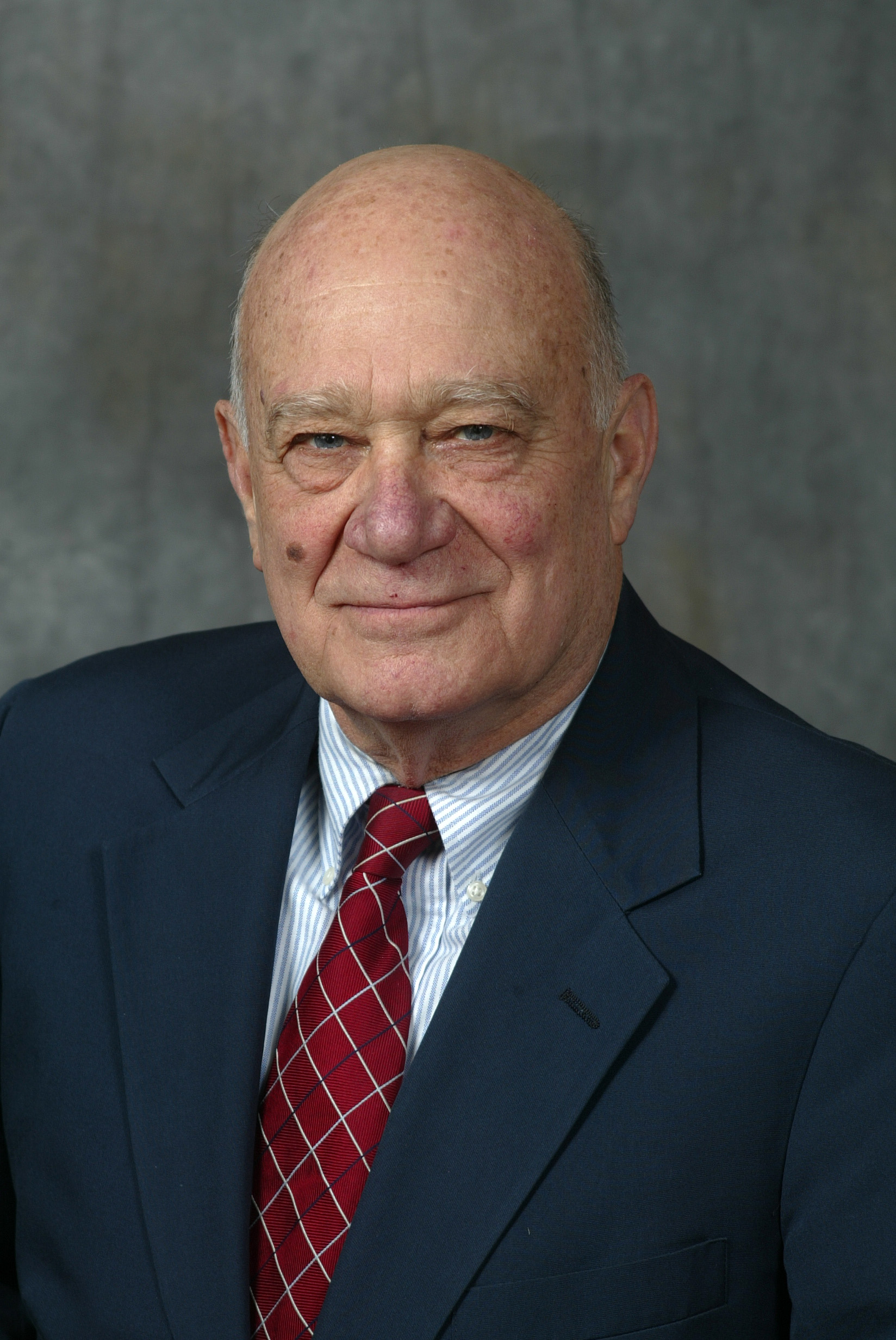Memories! Are you a person who relishes thinking about your past? Or would you prefer to keep your sights primarily on the future? Once a tide of memories rises, it can sweep in many directions and reflect many years. Could you – would you – go with such a flow to explore with friends and family what you’ve done, with whom, and how you felt?
There is a risk of sharing more past stories than listeners may be prepared to hear. However, stories are gauges of our own identity, of our relationships, and of how we situate ourselves in society. As Barbra Streisand sang in 1973:
“Memories may be beautiful and yet, what’s too painful to remember, we simply choose to forget.”
Memory prompts can emerge at any time, in any circumstances, and with different people. Several memory tides swept me along during the past few days. While I was at the marvelous Winthrop Cardio-rehab center in Mineola, there were a few pause points when I chatted with the superb staff that guides folks like me.
I commented to Candace, John and Christina that the music playing that morning not only helped me to move faster on the treadmill, but it also reminded me of Johnny Mathis.
I asked the three staff folks (all decades younger than I) whether they had seen the 1982 film “Diner.” My goal was to highlight the young male actors in the movie who asked each other “What music do you play when you want romancing with your girl – Sinatra or Mathis?” Unanimously, they answered: Mathis.
None of those younger rehab staff folks had seen “Diner.” I noted that Johnny Mathis was having a one-day appearance on Long Island for his tour “Voice of Romance.” At age 83, Mathis is as vibrant as ever. Everyone seemed enthused about seeing the “Diner” film.
Then a connection occurred to me about visiting the great Mineola diner Biscuits and Barbecues (from the 1940s). Ah – how quickly the connections can flow in many directions. The film “Diner” is set in 1959, but referring to a 1940s diner prompted my memories that this is the 70th anniversary of the year I entered high school. My teen pals and I logged lots of diner hours.
At Winthrop rehab, John, who just graduated from college, has been a delight in sharing youthful memories of his exceptional athletic experiences, both in college and at Mineola High School. Indeed, a theme from the film “Diner” is how extensively young men bonded from shared athletic experiences.
Because my sports experiences began in the 1940s, there would be more to remember than even close relatives might endure. I was deeply interested in John’s all-county sports awards and impressed by his modesty in presenting them.
I did relish telling John that I was one of two freshmen in 1949 to make the varsity football team at Tappan Zee High School in Piermont. Because football was one of John’s stellar games, I briefly told him how fortunate my group was to play for Big Nick Mottola (who later came to coach on Long Island). John showed sports bonding across generations when I elaborated on our team, including our behemoth tackles, “Two Ton Alise” and “Ding Dong DeMaio.” I was tempted to start diagramming our multiple formations, but I restrained myself. Although I was the third string (13-year-old) varsity quarterback, I threw for a touchdown on my very first pass (for historical precision, I added that the pass was only for six yards and Joe “Mercury” Mercurio (a senior) lived up to his nickname and ran the rest of the distance for a TD).
Even if John presses for additional sports memories, I’m not likely to say more about my 70th anniversary freshman year of 1949, except perhaps the memory of being on the school bowling team after developing skills as a pin boy (another lost job for kids). I had no idea that there was a town in New York called “Florida” where we went to compete in the state tournament.
As our team’s lead-off bowler, I’ll never forget the”297” I rolled in that tournament (unfortunately that was my total for all three games, with 99 in each of them!).
In the spirit of Barbra Streisand’s film “The Way We Were,” I never lost that memory, but many happier ones put it in perspective.
Looking at William D. Cohen’s new book “Four Friends,” it is disturbing to read of his own high school pals as he laments “the searing contrast between the infinite promise of youth and the harsh reality of adulthood.”
Memories focused on high school years reflect a challenging time for teens. During these discussions I received an email from Miriam, my high school steady girlfriend from 1950 to 1953. (My other great Winthrop rehab supporters, Ronit and Allie, were rather stunned.)
Miriam did include other classmates; she emphasized her theme over the decades – that our Fifties youth generation was fortunate to live during “an age of innocence.”
Edith Wharton was reclaimed! But we may still need to revisit former Long Islander Ralph Keyes book, “Is There Life After High School?” Streisand’s memories song poses these queries:
“Can it be that it was all so simple then, or has time rewritten every line, if we had the chance to do it all again, tell me, would we? Could we?



